
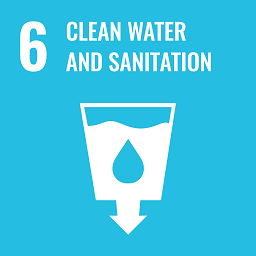
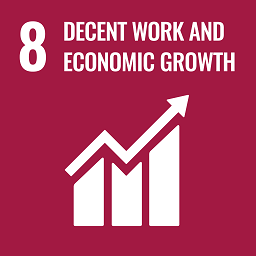
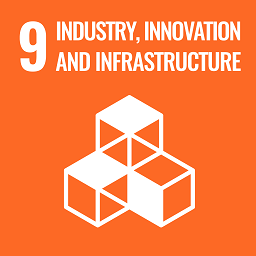
The importance of water management in paddies is well known. If so, what percentage of the total work time does water management comprise? In fact, it accounts for 30% of the total work time. In order to solve this problem, the Institute for Rural Engineering, NARO (NIRE) has developed a system that reduces water management time by 80% in comparison with conventional systems through remote control and automatic control using mobile information terminals such as smartphones. Kubota ChemiX Co., Ltd. (headquarters: Naniwa-ku, Osaka) has licensed this system from the National Agriculture and Food Research Organization and commercialized it under the trade name "WATARAS", which is sold by Kubota Corporation. If it becomes widespread, it can be expected to continue to reduce the human resources needed for water management and expand the scale of farmland management.
Water supply/drainage by smartphone operation made possible
Paddy water management consists of going to the paddy each morning after planting, opening the valve installed on a ridge to let the water out into the paddy, and going back to the paddy each evening to close the valve. If the paddies are far from home or scattered around various locations, it takes time not only to supply and drain water, but also to move between fields.
Therefore, a smartphone-based water management system has been developed to provide assistance. A control device (Fig.1) with an Internet communication function and a sensor function that measures the water level, etc. is installed at the water supply valve and drain outlet of the paddy, and therefore the water supply and drainage can be controlled remotely or automatically with a smartphone.
Since it is possible to check the water level and water temperature of the paddy just by looking at the screen of a smartphone, for example, if it is known that a high-temperature disorder in which the water temperature rises at night is likely to occur, it is possible to supply water in advance by operating a smartphone at night or early in the morning. Furthermore, if a certain flooding depth is set in advance on a smartphone, the valve will automatically open and close, eliminating the need for farmers to go to the paddy each time.
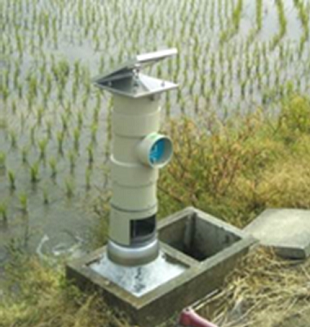
Fig.1 Sensor-equipped controller installed in a paddy
(Provided by the Institute for Rural Engineering, NARO [NIRE])
Water management work reduced by 80% in comparison with manual operation
The Institute for Rural Engineering, NARO (NIRE) conducted a two-year project in 2016 and 2017 in eight prefectures, including Hokkaido, Iwate, Chiba, and Fukui comparing the remote/automatic control method using a smartphone and the manual method in which farmers open and close valves by themselves. The results showed that the water management time required per 10 acres was reduced by 70 to 90% when the remote/automatic control method was used. It was also confirmed that appropriate water management increases paddy rice yields by 5%.
The main advantages of the remote/automatic control system by smartphone are as follows:
- The time required for water management is reduced by approximately 80%.
- Water supply and drainage can be performed at set times.
- Appropriate water management can curb the decline in paddy yields and save water.
- It is possible to check the history of water management.
- Since it is powered by solar power, no power supply is required.
- It can be retrofitted to existing water supply valves and drains, eliminating the need for large-scale construction work.
The initial introduction cost is 500,000 yen
Since it can be installed on existing valves, no extensive construction work is required.
The three main pieces of equipment needed to install the system are a base station (communication device), a control device with solar panel, and various sensors that measure water temperature, etc. (Fig.2).
The initial installation cost of Kubota ChemiX WATARAS is approximately 500,000 yen. This price consists of 150,000 yen for a water supply control device (with a sensor), about 300,000 yen for a base station that can be shared by up to 40 units, and the rest is overhead expenses such as installation costs. The server usage fee is about 30,000 yen per year.
Illustrations and pictures are often used for the information that appears on the screen so that even persons who are have difficulty in operating smartphones can use it easily. The spread of this remote/automatic control system is likely to lead to reduced prices of agricultural products and secure a young generation of farmers.
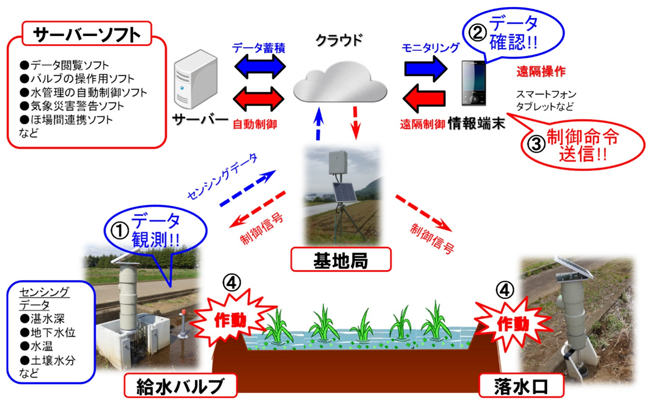
Fig.2 Image of remote/automatic control system for water management
(Provided by the Institute for Rural Engineering, NARO [NIRE])
Project name
Cross-ministerial Strategic Innovation Promotion Program (SIP) "Technologies for creating next-generation agriculture, forestry and fisheries"
Project period
FY 2014 to 2018
Title
Development of a system that can remotely and automatically control rice paddy water management
Leading research institutes
Institute for Rural Engineering, NARO (NIRE), Institute for Agro-Environmental Sciences, NARO (NIAES)
